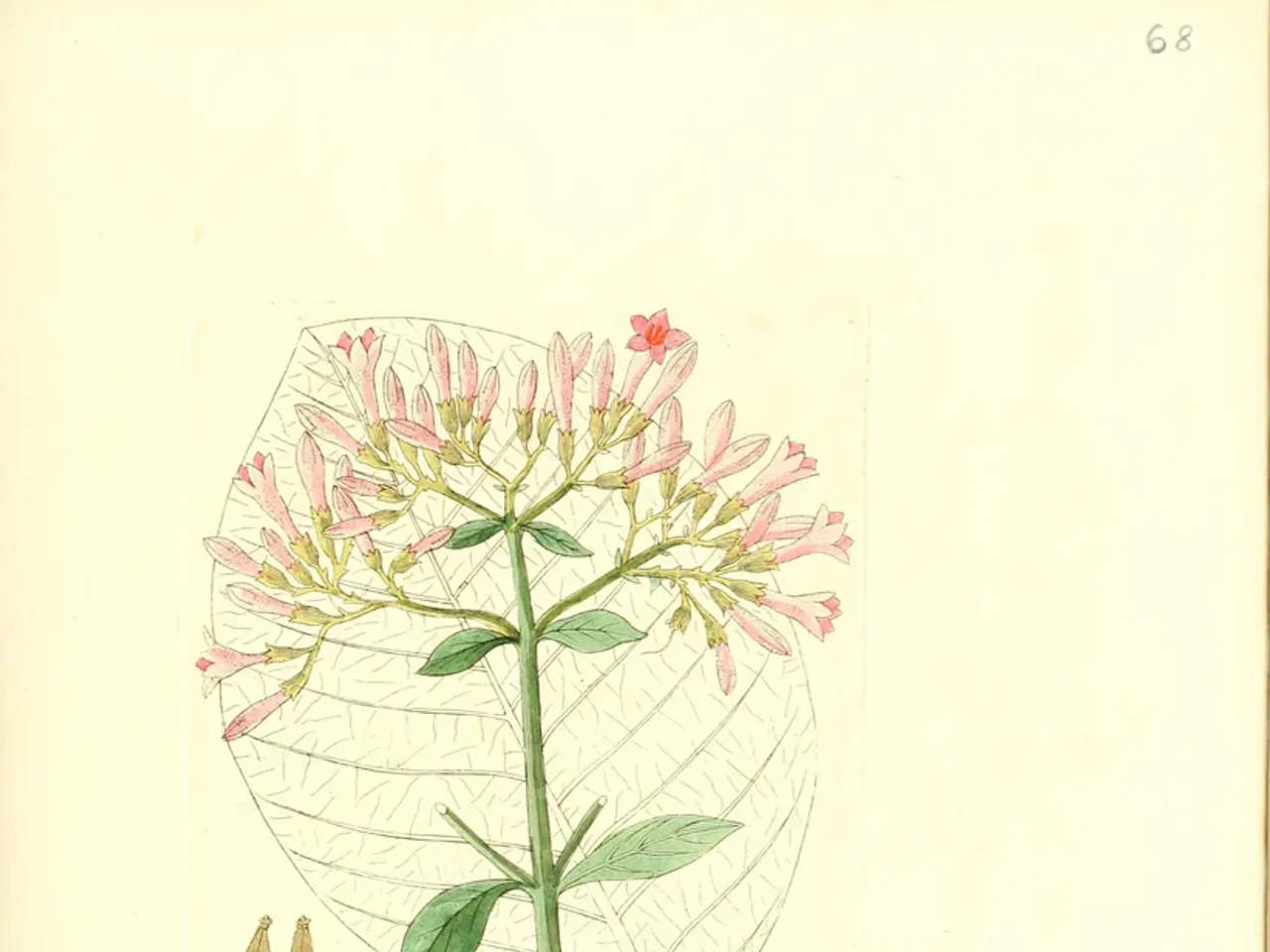Ancient Garden Tool Stadium Gardeners Still Swear By - The Importance of Not Sowing Seeds Without This Forgotten Essential
In the world of gardening, the humble dibble is an essential tool that often goes unnoticed. This versatile instrument, with a tapered end, is used for planting seeds, bulbs, or small plants, making it a must-have for any green-thumbed enthusiast.
Dibbles come in various shapes and sizes, each designed for specific tasks. The most common dibble is less than a foot (30 cm) in length, featuring a handle for easy maneuverability. Some are entirely made of stainless steel, making them easy to clean and rust-resistant, while others are made of wood, hardwood, plastic, metal, or even stainless steel.
For example, a 30-inch dibble from Gardener's Supply boasts a T-handle and easy-to-read markers, making it perfect for those who prefer a longer handle. For gardeners with mobility issues or when planting a large number of bulbs, long dibbles, tall enough for standing, can be a boon. Some dibbles even come with ergonomic handles or are taller, allowing for pain-free planting while standing up.
When it comes to seed sowing, a small, narrow hand seeding dibble is ideal. These tools are designed to create uniform holes quickly, ensuring accurate spacing and depth for efficient planting of small seeds or vegetable plants.
For tree seedlings or larger plants, a heavy-duty planting bar (dibble bar) is preferred. These longer metal bars with a pointed end are suited for forestry or larger garden planting projects, allowing for easy insertion of seedlings at proper depths and spacing, especially in rough or hard soil.
Trowels with angled blades can sometimes double as dibbles, providing a range of cut angles for making small planting holes for bulbs or transplants in garden beds. The bevel angle affects the type of cut and hole formed, useful for diverse plant sizes.
Wooden or metal stick dibbles of various lengths and diameters are great for bulb planting or transplanting small seedlings. Handles and lengths vary to accommodate the gardener’s preference and the size of the plants being set.
Choosing the right dibble depends on the size of the seed or plant and the garden conditions. For fine seed sowing, a small hand seeding dibble is best. For tree seedlings, a heavy-duty planting bar (dibble bar) is preferred. For bulbs and transplanting, a sturdy trowel or wooden dibble with a pointed end works well.
No single tool fits all tasks, so gardeners often have a variety of dibbles for different purposes. A multi-seed dibber exists for planting multiple holes at once, making it simple and efficient for planting in trays. Remember, when using a dibble for direct sowing seeds, transplanting small plants, or planting bulbs, ensure the soil is free of weeds that might impede growth.
Happy gardening!
A home-and-garden enthusiast may opt for a small hand seeding dibble for efficient planting of small seeds or vegetable plants, while a heavy-duty planting bar (dibble bar) could be an ideal choice for tree seedlings or larger plants. In addition, a multi-seed dibber can simplify planting tasks in trays, making gardening more efficient.




